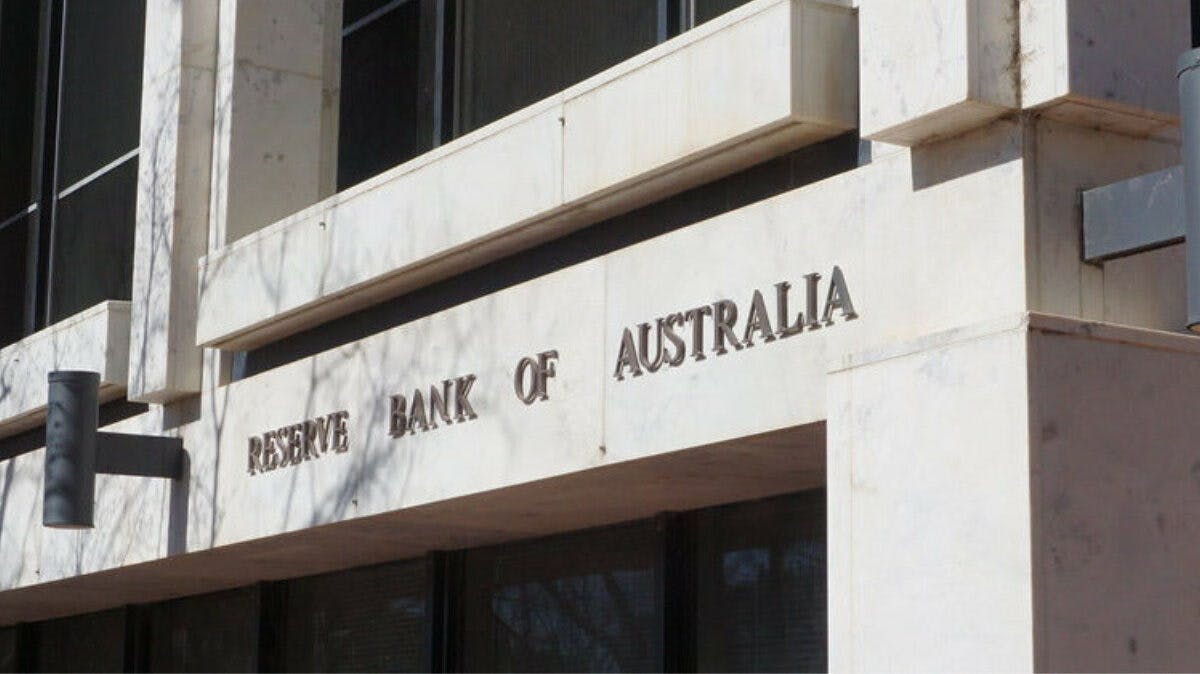In a recent monetary policy decision, the Reserve Bank of Australia (RBA) has chosen to keep interest rates unchanged, providing a sense of stability for SMEs navigating through economic uncertainties.
The decision aligns with market expectations and reflects the central bank’s cautious approach to balance economic growth and inflation.
As the SME community closely monitors these developments, the RBA’s commitment to maintaining the current cash rate at 4.35% offers a reprieve for businesses grappling with various challenges. The decision, coupled with the anticipation of a 5% rise in Australian home prices in 2024, sets the stage for a nuanced economic landscape.
SMEs, often considered the backbone of the Australian economy, stand to benefit from interest rate stability. The RBA’s acknowledgement of the need for a reasonable timeframe to bring inflation back to target aligns with the concerns and priorities of small businesses that are crucial for job creation and overall economic resilience.
In November, the RBA had increased the interest rate by 25 basis points. This announcement brings relief to numerous households, which, on average, have incurred over $24,000 in extra interest payments due to 13 interest rate hikes since May 2022.
Opportunity for Property SMEs
The real estate sector’s projected 5% surge in 2024, as indicated by the Reuters poll, adds an interesting dynamic to the economic landscape. For SMEs tied to property markets or those in related industries, this growth could present new opportunities for expansion and investment.
However, challenges persist, and the outlook for household consumption remains uncertain. SMEs closely tied to consumer spending may navigate cautiously as they assess the evolving economic conditions. The RBA’s decision to observe the impact of previous rate increases on demand and the labor market before any further adjustments offers a strategic pause for SMEs to evaluate their own positions.
Governor Michele Bullock, in presenting the monetary policy statement, emphasised the need for further tightening to bring inflation back to target, dependent on evolving data and risk assessments. The board remains steadfast in its commitment to achieving the inflation target.
Since the November meeting, domestic economic indicators have generally met expectations. However, uncertainties persist regarding the outlook for household consumption. October’s Consumer Price Index (CPI) indicated a moderation in inflation, primarily driven by the goods sector, but provided limited insights into services inflation.
Inflation expectations align with the target, and while labor market conditions are gradually easing, they remain tight. The impact of monetary policy lags and higher interest rates aims to establish a sustainable balance between supply and demand.
The decision to keep the cash rate unchanged allows time to assess the effects of previous rate increases on demand, inflation, and the labor market. According to a Reuters poll, a rate cut is not expected until the fourth quarter of the following year due to a robust housing market.
Anneke Thompson, Chief Economist at CreditorWatch, comments on the rate hold scenario, stating that borrowers find relief with the RBA’s decision to keep the cash rate steady at 4.35% in its final meeting until February. Stagnating retail sales, slowing inflation, and a rising number of unemployed job seekers convinced the RBA that existing monetary policy settings are adequate to slow the economy.
“The strength of retail sales over the Christmas period and the volume of summer holiday spending will help inform the RBA’s next move at the February 2024 meeting. Most incoming data to CreditorWatch points to falling trade among smaller businesses, particularly average value of invoices, which are down an extraordinary 33% year on year.
“In good news overseas, inflation has fallen fast in many global economies, including the eurozone where inflation is now running at 2.4 per cent. Very high migration levels to Australia will likely cause our inflation number to fall at a slower rate. However, overseas movements are a good sign that the global factors that impact inflation are very much past their peak.”
Keep up to date with our stories on LinkedIn, Twitter, Facebook and Instagram.

